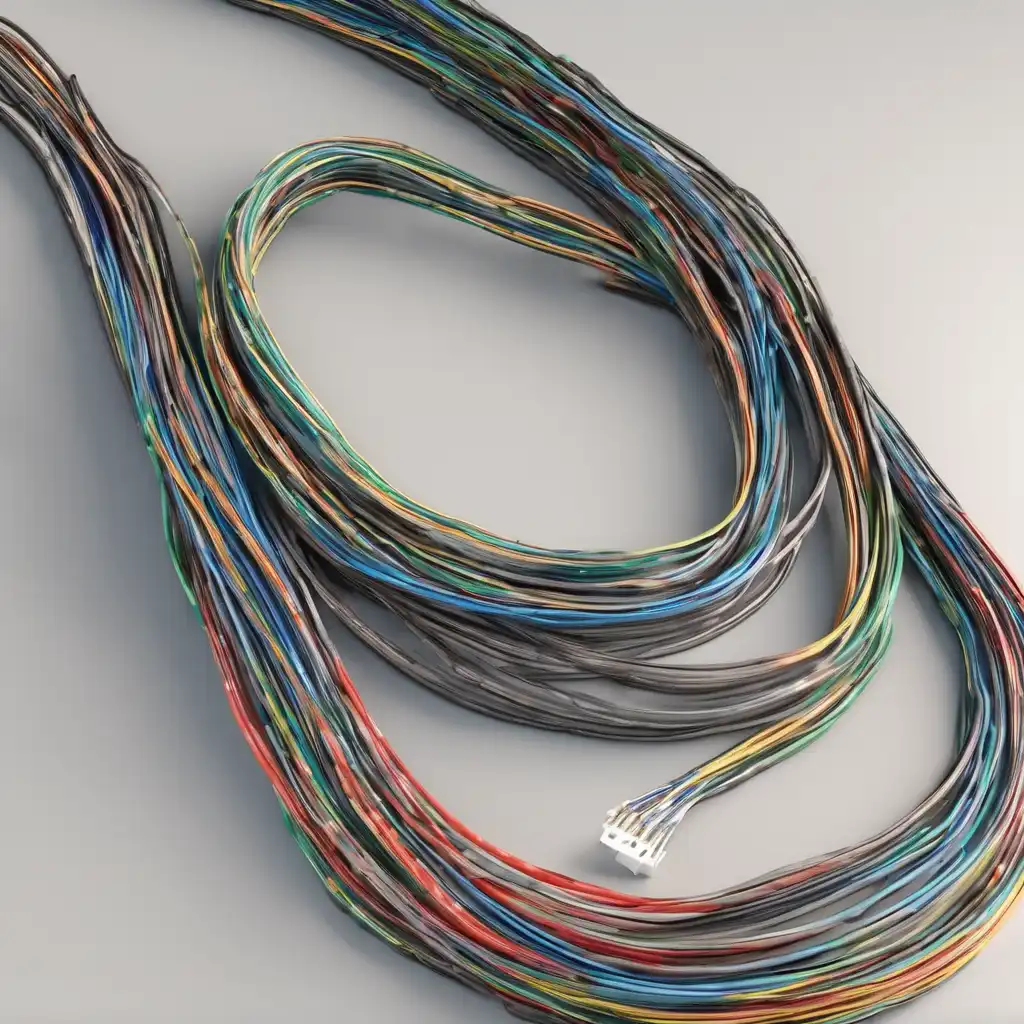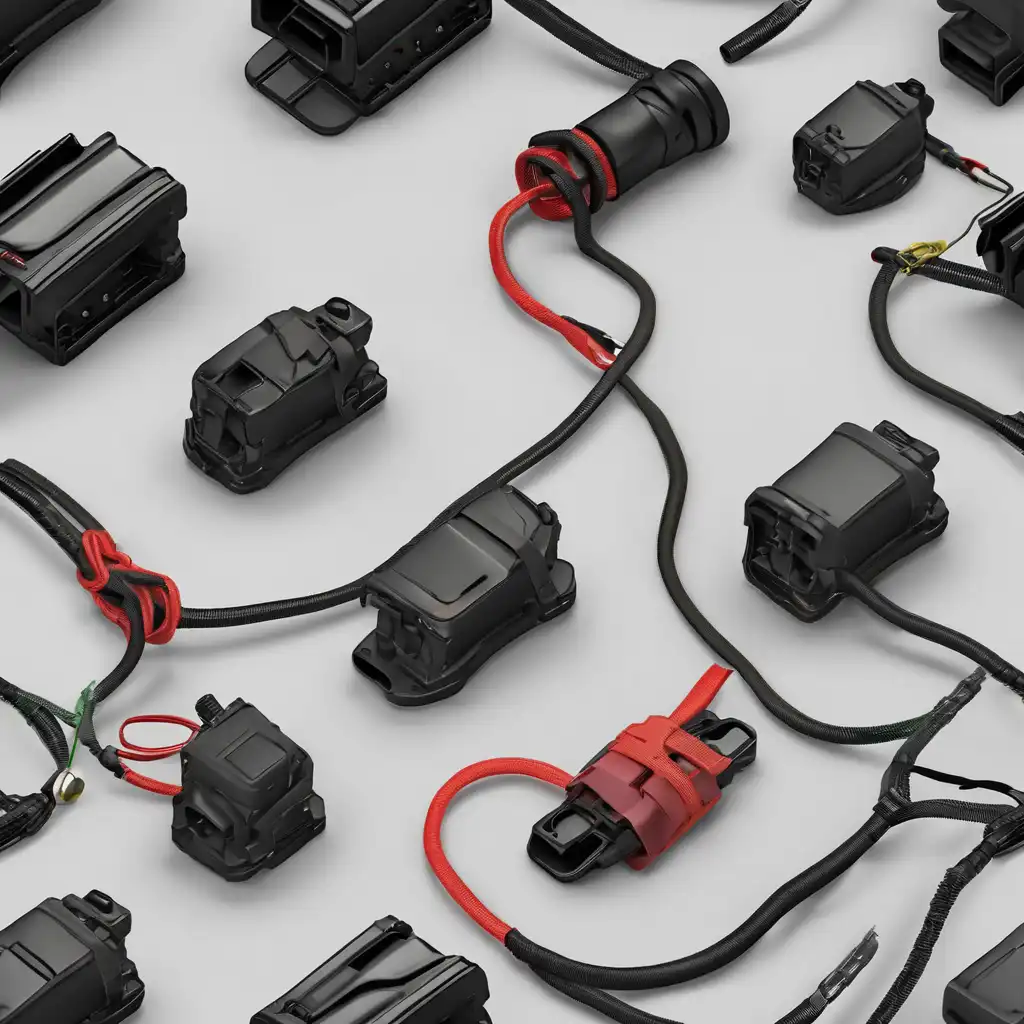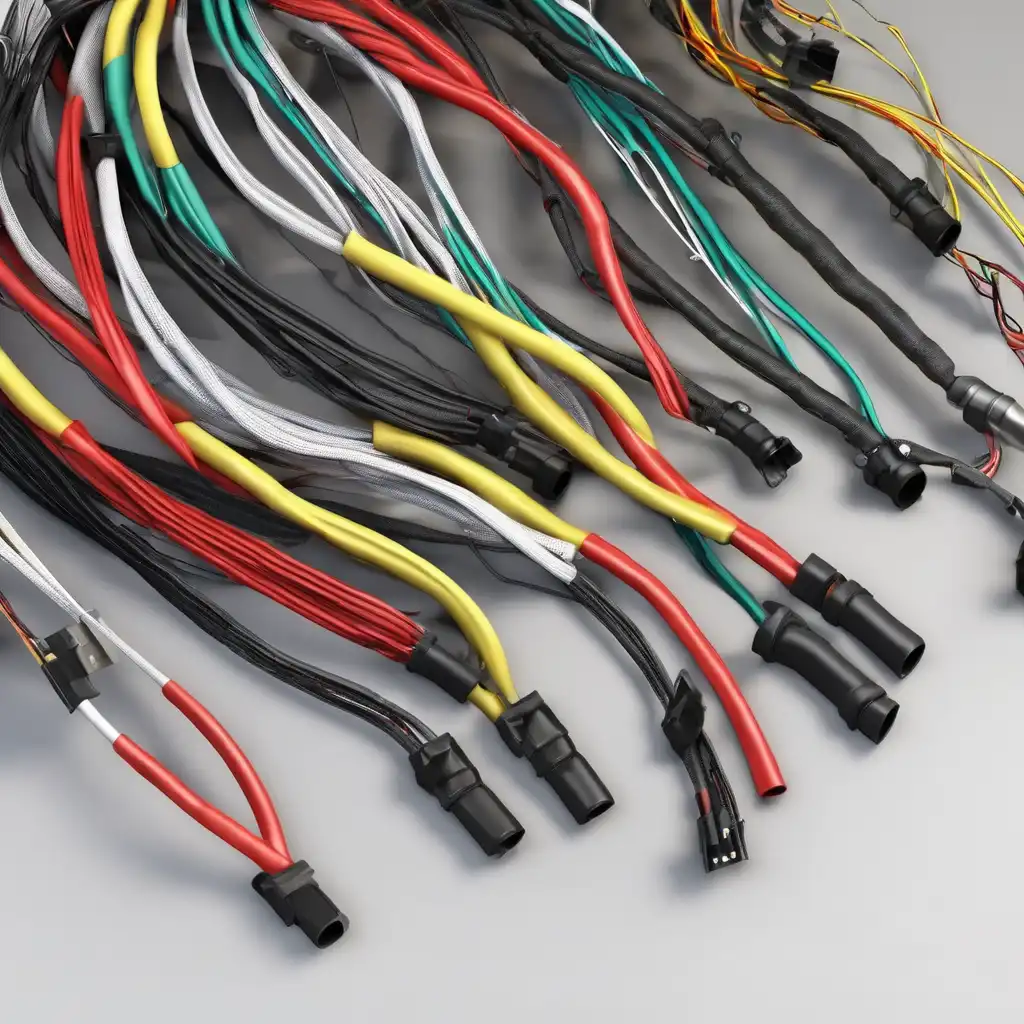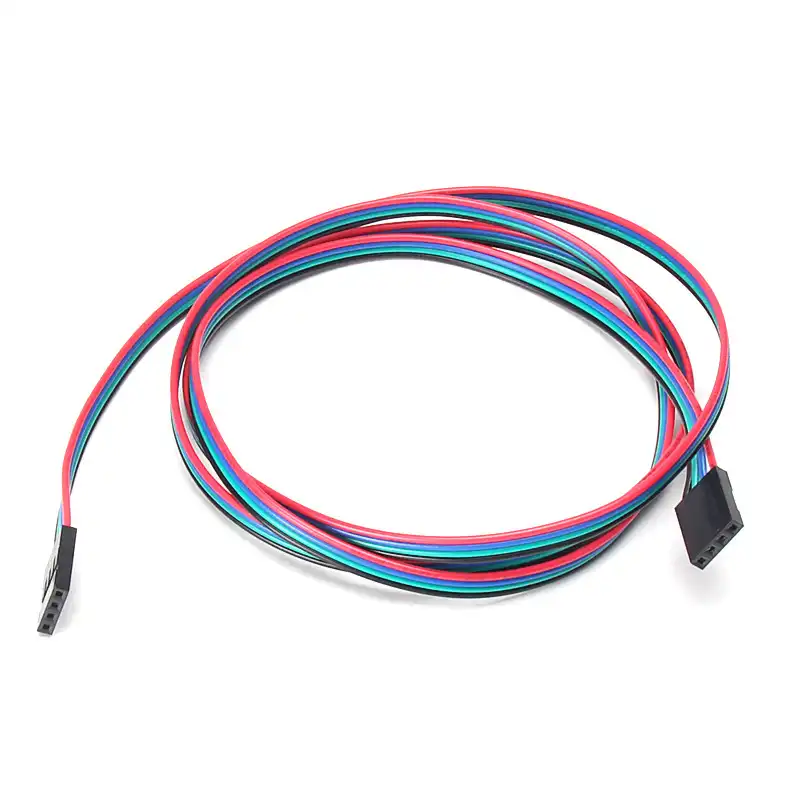When you look under the hood of your car, you may see a complex network of wires running through it. These wires are not haphazardly thrown together; they form a highly organized and engineered assembly called an automotive wire harness, which plays a vital role in the functioning of the vehicle.
The automotive wire harness is essentially the backbone of the vehicle’s electrical system. Think of it as the human nervous system, where the brain sends signals to different parts of the body via nerves. Similarly, the wire harness sends power and signals via wires to the various electrical and electronic components of the car, such as the headlights, stereo, engine sensors, and more.
Uses of Automotive Wire Harnesses
The main purpose of an automotive wire harness is to consolidate the vehicle’s wiring into a single system. There are several benefits to this approach.
- Organization: It keeps the wiring in order and prevents the wires from becoming tangled or damaged.
2. Safety: It improves safety by protecting the wires from environmental hazards, such as moisture or heat, and reduces the risk of electrical shorts.
3. Functionality: It ensures the reliable operation of the vehicle’s electrical components by providing a dedicated pathway for electrical signals.
4. Simplified Manufacturing: Using wiring harnesses simplifies the vehicle assembly process, making it faster and more cost-effective.
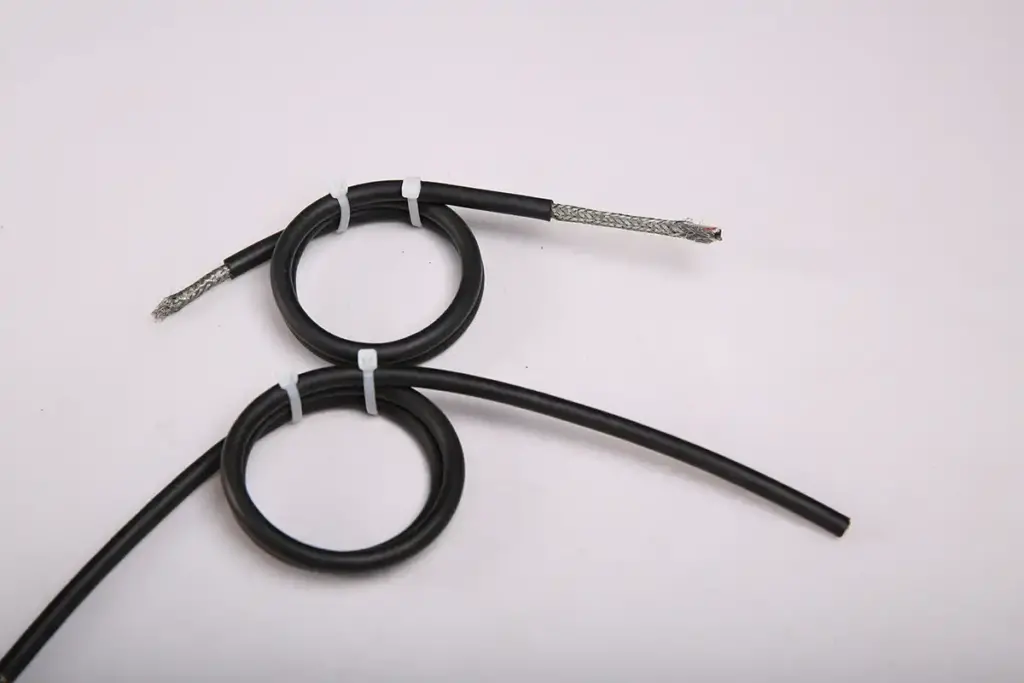
How Automotive Wire Harnesses Are Made
The production of automotive wire harnesses involves designing the layout, selecting the appropriate wires and connectors, and finally assembling the harness. Engineers use specialized software to design the harness, taking into account the vehicle’s electrical needs and space constraints. The wires are then bundled together(often with protective materials)and fitted with connectors that plug into different components and devices within the vehicle.
Maintenance and Troubleshooting
While automotive wire harnesses are designed to last, they may require maintenance or troubleshooting due to wear or damage. Symptoms of a problem with the harness may include flickering lights, inoperative components, or even error messages on the vehicle’s dashboard. Diagnosing the problem often requires a professional to test electrical continuity and inspect the harness for damage or loose connections.
Automotive wire harnesses may not be well understood, but their role in ensuring a smooth-running and safe vehicle cannot be underestimated. This proves the importance of thoughtful engineering and design in the complex world of automotive technology.
